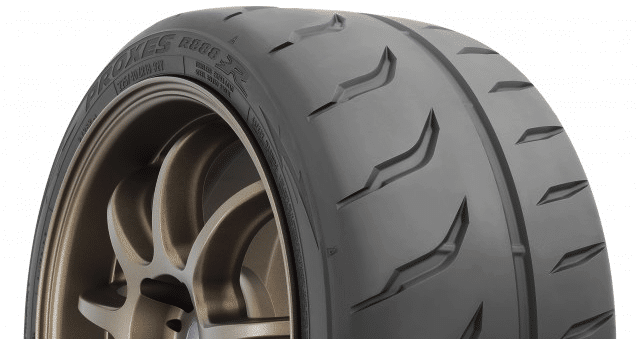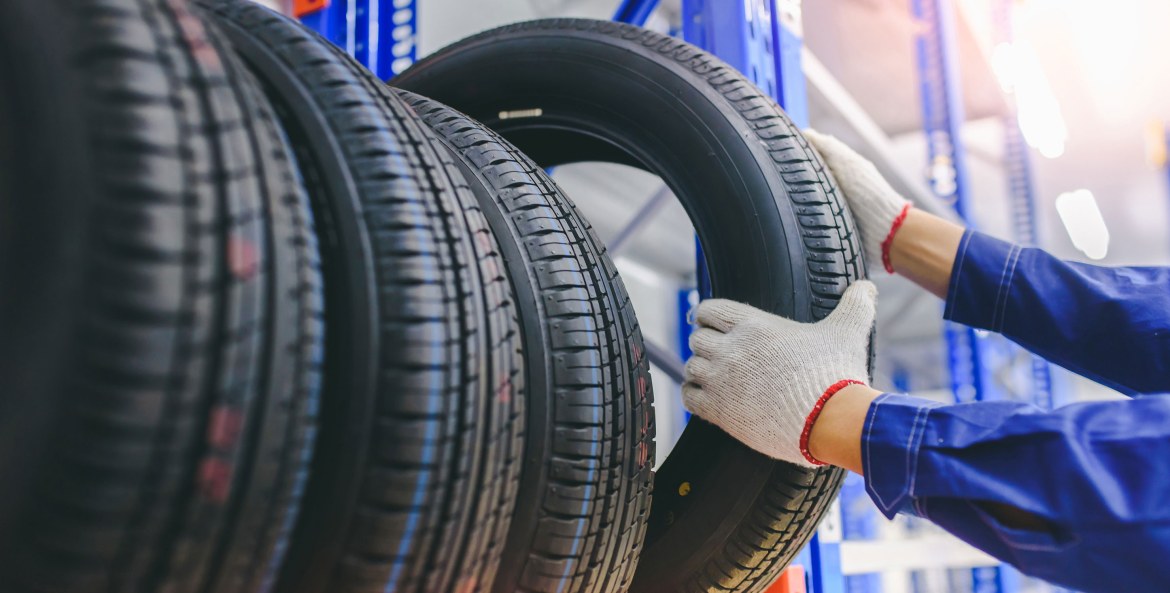All Categories
Featured
Table of Contents
I was able to get 100 hours out of among these tires, and while it had definitely no tire lugs left on it, the soft substance made it work very wellas long as I was using a soft mousse. Kitt Stringer image Easy installing - 3Wear - 3Sidewall stamina - 3Performance on roots - 4Performance on wet rocks - 2Traction on dirt - 5Cornering capability - 4Traction while braking - 4Self-clearing of dirt and mud - 3Performance in mud - 3Overall predictability or monitoring - 3 _ 37 Final thought: This is a great all-around tire with excellent value for money.

The wear corresponded and I such as the length of time it lasted and just how regular the feeling was during use. This would certainly also be a good tire for faster races as the lug dimension and spacing little bit in well on fast terrain. Kitt Stringer image Easy installing - 3Wear - 3Sidewall strength - 3Performance on roots - 4Performance on damp rocks - 4Traction on dirt - 4Cornering capability - 4Traction while stopping - 5Self-clearing of dirt and mud - 4Performance in mud - 4Overall predictability or tracking - 4_42 Final thought: I liked this tire a whole lot.
If I had to get a tire for tough enduro, this would certainly be in my top option. Easy mounting - 3Wear - 3Sidewall stamina - 3Performance on origins - 4Performance on wet rocks - 3Traction on dirt - 4Cornering capacity - 3Traction while braking - 3Self-clearing of dust and mud - 4Performance in mud - 4Overall predictability or monitoring - 3 _ 34 Conclusion: This tire was extremely soft and flexible.
All the gummy tires I checked performed rather close for the very first 10 hours or two, with the champions going to the softer tires that had better grip on rocks (Tyre replacement). Purchasing a gummy tire will absolutely offer you a strong benefit over a regular soft substance tire, yet you do spend for that advantage with quicker wear
Trusted Tyre Upgrades – Girrawheen 6064 WA
This is a perfect tire for spring and loss conditions where the dust is soft with some dampness still in it. These tested race tires are great all about, yet use quickly.
My general victor for a difficult enduro tire. If I had to invest money on a tire for day-to-day training and riding, I would pick this.
Reliable Tyre Fitting Services Near Me – Girrawheen WA
I've been running a collection of Michelin Power Pilot 2CT's on my track Daytona 675 for the previous year. Because time I have actually done 15 track days in all weather conditions from chilly wet to extremely warm and these tyres have actually never missed out on a beat. Vehicle tyres. I have actually done nearly 2,000 miles (3,200 kilometres) on them and as you can see from this shot of the front taken after initial session of my 15th track day on them, they still have fairly a great deal of rubber left on them
Simply put the 2CT is an impressive track day tire. If you're the sort of biker that is likely to experience both damp and completely dry conditions and is starting out on track days as I was in 2015, then I think you'll be hard pressed to discover a better worth for cash and competent tyre than the 2CT; a pair of which will establish you back around 185 (US$ 300) in the UK.
Generating a much better all rounded road/track tyre than the 2CT have to have been a tough task for Michelin. The outcome of that initiative is the Michelin Pilot Power 3 which basically changes the Pure. Don't confuse this brand-new tyre with the road going Pilot Roadway 3 which is not made for track usage (although some bikers do).
They motivate massive confidence and offer amazing hold degrees in either the damp or the dry. When the Pilot Power 3 launched, Michelin suggested it as a 50:50% road: track tire. That message has lately transformed because the tires are now recommended as 85:15% road: track usage rather. All the rider reports that I've read for the tyre price it as a better tyre than the 2CT in all locations yet particularly in the wet.
Top Tyre Packages Near Me (Girrawheen)
Technically there are plenty of differences between both tires despite the fact that both make use of a dual substance. Visually you can see that the 2CT has less grooves reduced into the tire but that the grooves go to the edge of the tire. The Pilot Power 3 has more grooves for better water dispersal however these grooves don't get to the shoulder of the tyre.
One element of the Pilot Power 3 which is various to the 2CT is the brand-new 2CT+ modern technology which extends the harder middle section under the softer shoulders (on the back tyre). This need to give more stability and reduce any type of "agonize" when speeding up out of edges in spite of the lighter weight and more adaptable nature of this new tire.

Although I was a little uncertain concerning these lower stress, it turned out that they were great and the tires executed actually well on the right track, and the rubber looked better for it at the end of the day. Equally as a factor of recommendation, other (fast group) cyclists running Metzeler Racetecs were making use of tire pressures around 22-24 psi for the rear and 24-27 psi on the front.
Creating a better all round road/track tire than the 2CT need to have been a difficult task for Michelin. The result of that effort is the Michelin Pilot Power 3 which basically changes the Pure. Do not confuse this new tyre with the roadway going Pilot Roadway 3 which is not developed for track use (although some cyclists do).
Best Discount Tyres Near Me (Girrawheen 6064 WA)
They inspire huge confidence and give remarkable grasp degrees in either the wet or the dry. When the Pilot Power 3 introduced, Michelin advised it as a 50:50% road: track tire. That message has actually just recently transformed since the tires are currently recommended as 85:15% road: track usage rather. All the motorcyclist reports that I've read for the tyre price it as a far better tire than the 2CT in all locations however specifically in the damp.

Technically there are fairly a few differences in between both tires although both utilize a double substance. Aesthetically you can see that the 2CT has fewer grooves reduced right into the tire however that the grooves run to the side of the tire. The Pilot Power 3 has more grooves for much better water dispersal but these grooves don't reach the shoulder of the tyre.
One facet of the Pilot Power 3 which is various to the 2CT is the new 2CT+ modern technology which extends the harder middle area under the softer shoulders (on the back tyre). This should give much more security and lower any kind of "squirm" when speeding up out of edges regardless of the lighter weight and more flexible nature of this new tyre.
I was a little dubious regarding these lower pressures, it turned out that they were great and the tires done really well on track, and the rubber looked far better for it at the end of the day - High-quality tyres. Equally as a point of referral, various other (rapid group) cyclists running Metzeler Racetecs were using tyre stress around 22-24 psi for the back and 24-27 psi on the front
Latest Posts
Best Tyre Offers Near Me – Bayswater 6052 WA
Discount Tyres (West Swan 6055 WA)
Honest Tyres Near Me